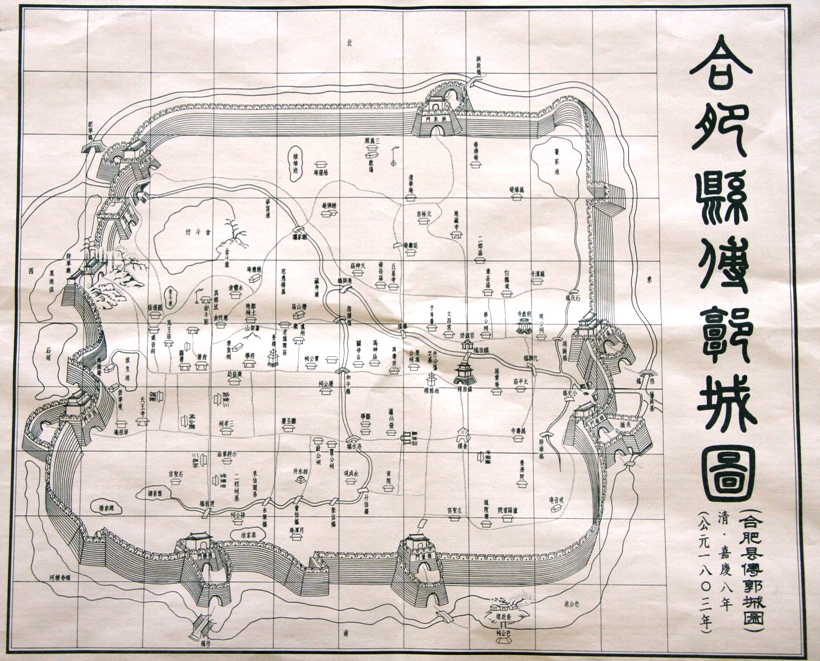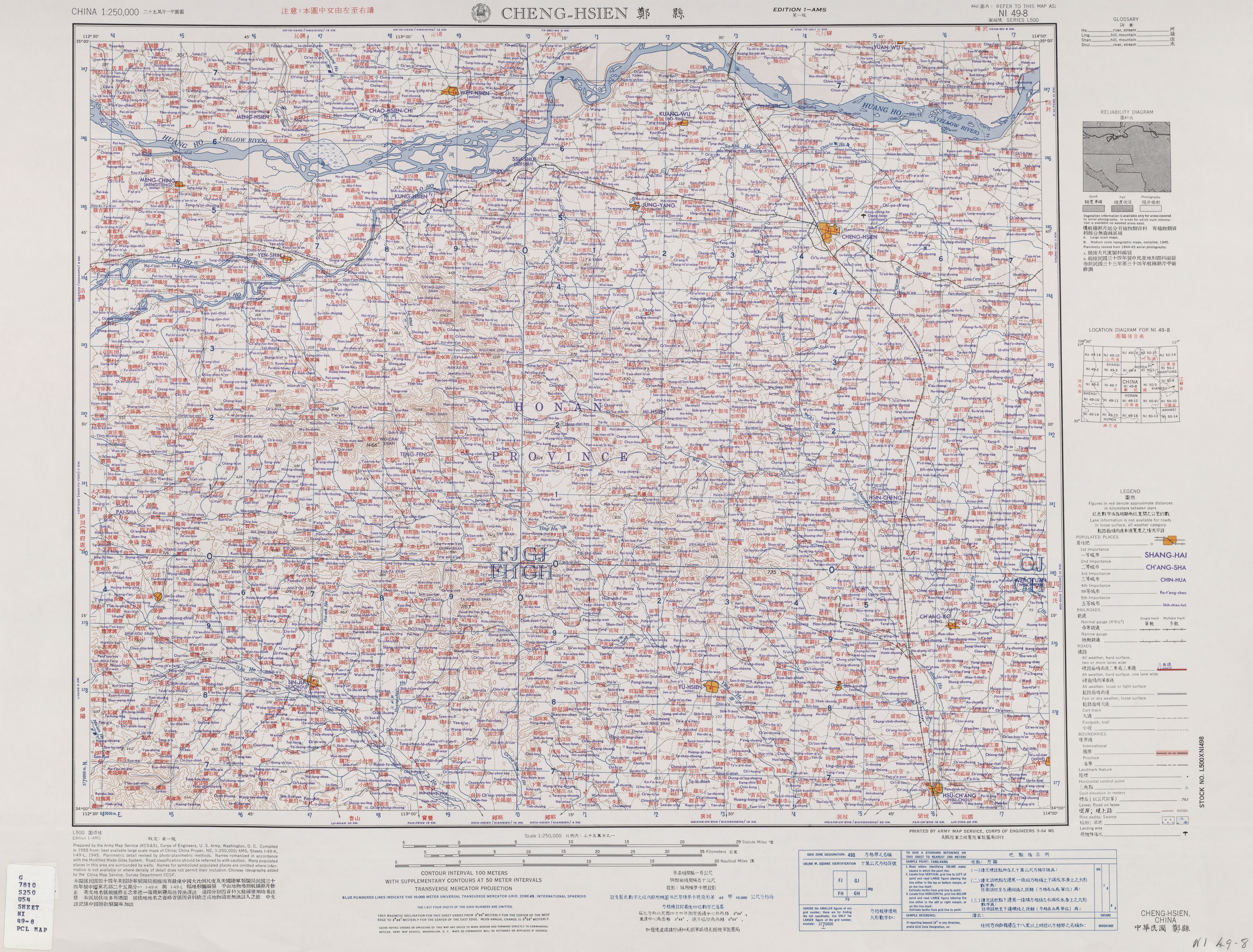|
Shanghai Y-10
The Shanghai Y-10 or Yun-10 ( zh, s=运-10, l=Transporter-10) is a four engined narrow-body jet airliner developed in the 1970s by the Shanghai Aircraft Research Institute. The plane used Boeing's 707-320C as reference, designed according to Federal Aviation Regulation (Part 25, 1970 edition). Due to unavailability of the intended WS-8 turbofan engines the prototype aircraft used Pratt & Whitney JT3D-7 turbofan engines, acquired as spare engines for CAAC's small fleet of Boeing 707 aircraft. The cabin could be configured to seat 178 in high-density, 149 in economy, or 124 in mixed-class and the large flight deck accommodated five crew members: pilot, co-pilot, flight engineer, navigator, and radio operator. History Development work, given code name 708, began in Shanghai in August, 1970 for Civil Aviation Administration of China (CAAC). The plane was intended to serve as a demonstrator and help the Chinese industry obtain experience in large aircraft design and flight te ... [...More Info...] [...Related Items...] OR: [Wikipedia] [Google] [Baidu] |
Narrow-body Aircraft
A narrow-body aircraft or single-aisle aircraft is an airliner arranged along a single aisle, permitting up to 6-abreast seating in a cabin less than in width. In contrast, a wide-body aircraft is a larger airliner usually configured with multiple aisles and a fuselage diameter of more than , allowing at least seven-abreast seating and often more travel classes. Market Historically, beginning in the late 1960s and continuing through the 1990s, twin engine narrow-body aircraft, such as the Boeing 737 Classic, McDonnell-Douglas MD-80 and Airbus A320 were primarily employed in short to medium-haul markets requiring neither the range nor the passenger-carrying capacity of that period's wide-body aircraft. The re-engined Boeing 737 MAX and Airbus A320neo jets offer 500 miles more range, allowing them to operate the 3,000 miles transatlantic flights between the eastern U.S. and Western Europe, previously dominated by wide-body aircraft. Norwegian Air Shuttle, JetBlue and ... [...More Info...] [...Related Items...] OR: [Wikipedia] [Google] [Baidu] |
Renminbi
The renminbi ( ; currency symbol, symbol: Yen and yuan sign, ¥; ISO 4217, ISO code: CNY; abbreviation: RMB), also known as the Chinese yuan, is the official currency of the China, People's Republic of China. The renminbi is issued by the People's Bank of China, the Central bank, monetary authority of China. It is the world's Template:Most traded currencies, fifth-most-traded currency as of April 2022. The Yuan (currency), yuan () is the basic unit of the renminbi. One yuan is divided into 10 Jiao (currency), jiao (), and the jiao is further subdivided into 10 Fen (currency), fen (). The word ''yuan'' is widely used to refer to the Chinese currency generally, especially in international contexts. Valuation Until 2005, the value of the renminbi was Fixed exchange-rate system, pegged to the United States dollar, US dollar. As China pursued its Chinese economic reform, transition from planned economy, central planning to a market economy and increased its participation in foreign ... [...More Info...] [...Related Items...] OR: [Wikipedia] [Google] [Baidu] |
Lhasa
Lhasa, officially the Chengguan District of Lhasa City, is the inner urban district of Lhasa (city), Lhasa City, Tibet Autonomous Region, Southwestern China. Lhasa is the second most populous urban area on the Tibetan Plateau after Xining and, at an altitude of , Lhasa is one of the List of highest large cities, highest cities in the world. The city has been the religious and administrative capital of Tibet since the mid-17th century. It contains many culturally significant Tibetan Buddhism, Tibetan Buddhist sites such as the Potala Palace, Jokhang Temple and Norbulingka Palaces. Toponymy Lhasa literally translates to "place of gods" ( , god; , place) in the Lhasa Tibetan, Tibetan language. Chengguan literally translates to "urban gateway" ( zh, s=城关, p=Chéngguān) in the Chinese language. Ancient Tibetan documents and inscriptions demonstrate that the place was called Rasa (), which meant "goat's place", as it was a herding site. The name was changed to Lhasa, which ... [...More Info...] [...Related Items...] OR: [Wikipedia] [Google] [Baidu] |
Kunming
Kunming is the capital and largest city of the province of Yunnan in China. The political, economic, communications and cultural centre of the province, Kunming is also the seat of the provincial government. During World War II, Kunming was a Chinese military center and the location of the headquarters for the US Army Forces China-Burma-India. Kunming Wujiaba International Airport, Wujiaba Airport served as the home of the Flying Tigers, First American Volunteer Group (AVG) of the Republic of China Air Force, nicknamed the Flying Tigers. Kunming was also a transport terminus for the Burma Road. Kunming is at an altitude of Above mean sea level, above sea level and a latitude just north of the Tropic of Cancer, and is situated in the middle of the Yunnan–Guizhou Plateau. Kunming is the fourth most populous city in Western China, after Chongqing, Chengdu, and Xi'an, and the third most populous city in Southwestern China after Chongqing and Chengdu. As of the 2020 census, Kunmin ... [...More Info...] [...Related Items...] OR: [Wikipedia] [Google] [Baidu] |
Guangzhou
Guangzhou, Chinese postal romanization, previously romanized as Canton or Kwangchow, is the Capital city, capital and largest city of Guangdong Provinces of China, province in South China, southern China. Located on the Pearl River about northwest of Hong Kong and north of Macau, Guangzhou has a history of over 2,200 years and was a major terminus of the Silk Road. The port of Guangzhou serves as a transportation hub for China's fourth largest city and surrounding areas, including Hong Kong. Guangzhou was captured by the United Kingdom, British during the First Opium War and no longer enjoyed a monopoly after the war; consequently it lost trade to other ports such as Hong Kong and Shanghai, but continued to serve as a major entrepôt. Following the Second Battle of Chuenpi in 1841, the Treaty of Nanking was signed between Robert Peel, Sir Robert Peel on behalf of Queen Victoria and Lin Zexu on behalf of Daoguang Emperor, Emperor Xuanzong and ceded British Hong Kong, Hong Kon ... [...More Info...] [...Related Items...] OR: [Wikipedia] [Google] [Baidu] |
Hefei
Hefei is the Capital city, capital of Anhui, China. A prefecture-level city, it is the political, economic, and cultural center of Anhui. Its population was 9,369,881 as of the 2020 census. Its built-up (or ''metro'') area is made up of four urban districts plus Feidong, Feixi and Changfeng counties being urbanized, and was home to 7,754,481 inhabitants. Located in the central portion of the province, it borders Huainan to the north, Chuzhou to the northeast, Wuhu to the southeast, Tongling to the south, Anqing to the southwest and Lu'an to the west. A natural hub of communications, Hefei is situated to the north of Chao Lake and stands on a low saddle crossing the northeastern extension of the Dabie Mountains, which forms the divide between the Huai River, Huai and Yangtze rivers. The present-day city dates from the Song dynasty. Before World War II, Hefei remained essentially an administrative centre and the regional market for the fertile plain to the south. It has gone thro ... [...More Info...] [...Related Items...] OR: [Wikipedia] [Google] [Baidu] |
Zhengzhou
Zhengzhou is the capital of Henan, China. Located in northern Henan, it is one of the nine National central city, national central cities in China, and serves as the political, economic, technological, and educational center of the province. The Zhengzhou metropolitan area (including Zhengzhou and Kaifeng) is the core area of the Central Plains Economic Zone. The city lies on the southern bank of the Yellow River. Zhengzhou is a major hub of China's domestic and international transportation network; for example, it is connected to Europe and has an international airport. Zhengzhou is a National Civilized City and a List of National Famous Historical and Cultural Cities in China, State-list Famous Historical and Culture City. As of 2020, there are two List of World Heritage Sites in China, World Cultural Heritage Sites in Zhengzhou. The Zhengzhou Commodity Exchange (ZCE) is China's first futures exchange. Zhengzhou Airport Economy Zone is China's first Airport Economy Zone. As o ... [...More Info...] [...Related Items...] OR: [Wikipedia] [Google] [Baidu] |
Harbin
Harbin, ; zh, , s=哈尔滨, t=哈爾濱, p=Hā'ěrbīn; IPA: . is the capital of Heilongjiang, China. It is the largest city of Heilongjiang, as well as being the city with the second-largest urban area, urban population (after Shenyang, Liaoning province) and largest metropolitan area, metropolitan population (urban and rural regions together) in Northeast China. Harbin has direct jurisdiction over nine metropolitan districts, two county-level cities and seven counties, and is the List of cities in China by population and built-up area, eighth most populous Chinese city according to the Seventh National Population Census of the People's Republic of China, 2020 census. The built-up area of Harbin (which consists of all districts except Shuangcheng, Harbin, Shuangcheng and Acheng, Harbin, Acheng) had 5,841,929 inhabitants, while the total metropolitan population was up to 10,009,854, making it List of urban areas by population, one of the 100 largest urban areas in the world. H ... [...More Info...] [...Related Items...] OR: [Wikipedia] [Google] [Baidu] |
Beijing
Beijing, Chinese postal romanization, previously romanized as Peking, is the capital city of China. With more than 22 million residents, it is the world's List of national capitals by population, most populous national capital city as well as China's List of cities in China by population, second largest city by urban area after Shanghai. It is located in North China, Northern China, and is governed as a Direct-administered municipalities of China, municipality under the direct administration of the Government of the People's Republic of China, State Council with List of administrative divisions of Beijing, 16 urban, suburban, and rural districts.Figures based on 2006 statistics published in 2007 National Statistical Yearbook of China and available online at archive. Retrieved 21 April 2009. Beijing is mostly surrounded by Hebei Province and neighbors Tianjin to the southeast; together, the three divisions form the Jing-Jin-Ji, Jing-Jin-Ji cluster. Beijing is a global city and ... [...More Info...] [...Related Items...] OR: [Wikipedia] [Google] [Baidu] |
Shanghai Aircraft Manufacturing Company
Shanghai Aircraft Manufacturing Company (), formerly Shanghai Aircraft Manufacturing Factory, was founded in 1950 with a registered capital of four billion yuan, with two bases, Pudong and Dachang, with more than 5,000 employees. It is a Shanghai-based aerospace company with business in: * aircraft manufacturing * parts and components subcontractor * repair and overhaul * non-aerospace products: aerial ladders, hovercraft, glass wall manufacturing, Swerve rack for magnetic aerotrain It now belongs to the Commercial Aircraft Corporation of China (COMAC) that was established in 2008. Aims It aims to continuously enhance: * the assembly and integration * core key component manufacturing * supply chain construction and management * new technology, new method, new material application and development * manufacturing process control * civil aircraft delivery And aims to shoulder the important mission of the development of China's large aircraft. Products Regional Jets * Comac ARJ21 - ... [...More Info...] [...Related Items...] OR: [Wikipedia] [Google] [Baidu] |
Eleventh Five-Year Plan (People's Republic Of China)
The 11th Five-Year Plan of China, officially the 11th Five-Year Plan for Economic and Social Development of the People's Republic of China, was a set of economic goals designed to strengthen the Chinese economy between 2006 and 2010. The planning philosophy for the 11th Five-Year Plan was significantly shaped by a mid-term evaluation of the 10th Five-Year Plan. The 11th Five-Year Plan introduced a new category of "binding targets" (''yueshuxing zhibiao'') intended as government promises. These binding targets have since been used especially in non-economic policy areas like environmental protection and land management. Of 22 targets listed in the 11th Five-Year Plan, eight of them were binding targets. These binding targets were incorporated into the criteria for local cadre performance evaluations. The Plan also reflected a change in terminology to the allocation of administrative resourced via "programs" rather than "plans." Goals According to draft guidelines submitted to th ... [...More Info...] [...Related Items...] OR: [Wikipedia] [Google] [Baidu] |








